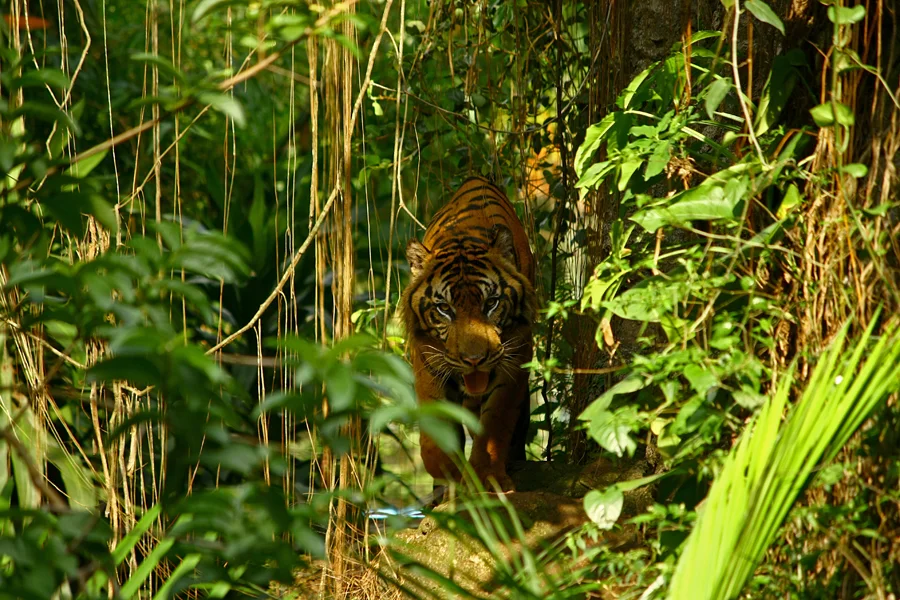
Sumatran Tiger Conservation: Facing The Urgent Threat Of Poaching
The conservation of the Sumatran tiger, endemic to Indonesia, is facing an uphill battle as a recent study highlights the ongoing problem of poaching in Gunung Leuser National Park. Despite increased patrols and efforts to combat illegal wildlife trafficking over the past decade, poaching rates remain alarmingly high. This revelation is not just a concern for conservationists, but a critical issue for biodiversity and ecosystem balance in the region.
Recent findings published in the Journal of Environmental Management reveal that poaching remains the primary threat to the Sumatran tiger (Panthera tigris sumatrae) population. The study suggests that although enforcement strategies have improved, the financial benefits of poaching still outweigh the consequences. As stated by Adhi Nurul Hadi, the lead author of the study, "Traffickers still feel that there’s more benefit compared to the negative impact." This ongoing dilemma raises questions about the effectiveness of current penalties and deterrents for poachers.

The study analyzed ranger patrol data and poaching records from 2015-2019 in the Langkat-Bendahara region, a crucial habitat for the Sumatran tiger. While rangers conducted hundreds of patrols and removed numerous snares, the study determined that enforcement alone isn't enough to stave off poaching. Hadi noted that a combination of community involvement and financial alternatives for local residents must also be part of the solution. "We hope that with the above management measures, we will have stronger insight into the tiger population dynamics and can document the studied landscape as another tiger conservation success story," Hadi expressed in the study.
Moreover, the report emphasizes the necessity for a shift in conservation strategy—from reactive enforcement to proactive community engagement. Hadi pointed out that both local and global stakeholders must collaborate to develop comprehensive strategies that incorporate community education and sustainable economic opportunities. This holistic approach can address not only the symptoms of poaching but also its root causes.

In conclusion, the plight of the Sumatran tiger is a pressing conservation issue that highlights a broader narrative: the interconnectedness of wildlife preservation and community welfare. As we look to the future, it raises an essential question: How can we effectively balance the needs of local communities while ensuring the survival of endangered species? Readers are encouraged to engage in this dialogue and share their thoughts on how conservation efforts can be enhanced for a sustainable future.